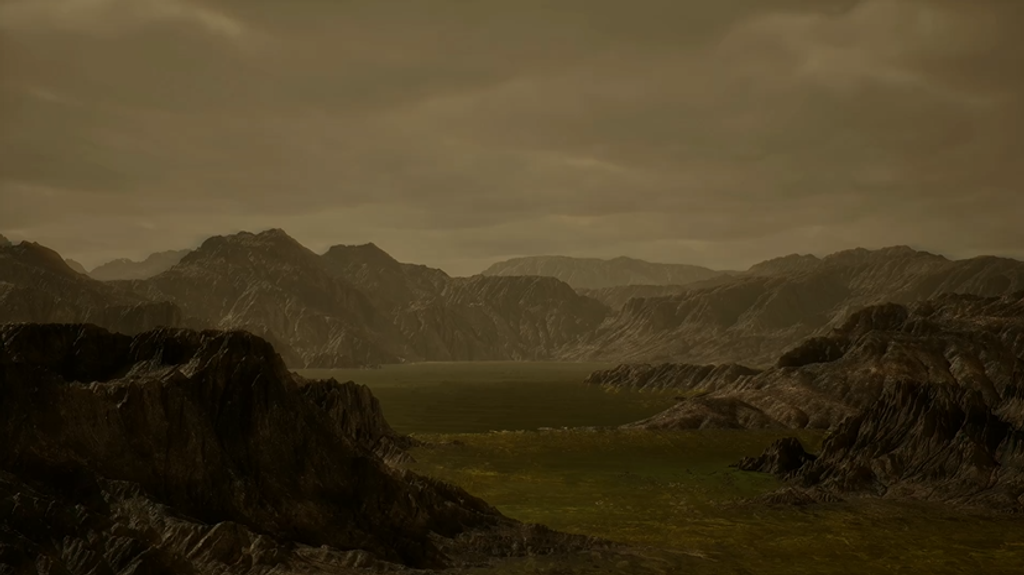The most recent spacecraft telemetry was acquired on Feb. 8 from the Deep Space Network tracking complex at Madrid, Spain. The Cassini spacecraft is in an excellent state of health and all subsystems are operating normally. Information on the present position and speed of the Cassini spacecraft may be found on the "Present Position" page at: http://saturn.jpl.nasa.gov/mission/presentposition/.
Wednesday, Feb. 2 (DOY 033)
This week in science, the segment started off with the Ultraviolet Imaging Spectrograph (UVIS) leading two sets of auroral observations, performing repeated slews across Saturn's auroral oval as part of a campaign to study auroral activity and variability. Imaging Science (ISS) took images of the transit of Rhea across Dione for orbit determination purposes; Rhea was imaged as Dione passed behind it while Rhea was 1.19 million kilometers away and Dione was 1.94 million kilometers away. ISS, the Composite Infrared Spectrometer (CIRS) and the Visual and Infrared Mapping Spectrometer (VIMS) monitored Titan at a phase angle of 42 degrees and a range of 2.4 million kilometers; the observation will allow researchers to monitor clouds and look for surface changes. ISS then observed various satellites (Atlas, Methone, Telesto and Helene) with the narrow angle camera as part of an ongoing satellite orbit determination campaign, followed by Navigation taking optical navigation pictures. The remainder of this week focused on Magnetospheric and Plasma Science (MAPS) observations approaching apoapsis, primarily low latitude apoapsis observations to give the MAPS instruments an opportunity to acquire nearly complete and continuous measurements of Saturn's outer magnetosphere and magnetosheath.
Thursday, Feb. 3 (DOY 034)
A feature story called “Surprise Hidden in Titan’s Smog: Cirrus-Like Clouds” is available on the Cassini web site. Every day is a bad-air day on Saturn's largest moon, Titan. Blanketed by haze far worse than any smog belched out in Los Angeles, Beijing or even Sherlock Holmes' London, the moon looks like a dirty orange ball. Described once as crude oil without the sulfur, the haze is made of tiny droplets of hydrocarbons with other more noxious chemicals mixed in. For more information on this subject link to: http://saturn.jpl.nasa.gov/news/cassinifeatures/feature20110203/.
Today fifty-six NASA INSPIRE high school students from across the United States participated in an hour-long Cassini presentation and question-and-answer webinar led by a member of Cassini’s Outreach team. The students asked excellent questions about Saturn, Titan, Enceladus, and the Cassini spacecraft.
Friday, Feb. 4 (DOY 035)
The Cassini Program's Outreach team submitted a short course proposal about Reading, Writing & Rings for the California Science Teachers Association annual conference which will be taking place in Pasadena, CA in October 2011.
Monday, Feb. 7 (DOY 038)
Members of the Science Planning and Sequence Team met with Mission Planning and the Cassini Project's DSN scheduler today to discuss DSN user loading profiles during the upcoming busy launch season. The goal was to assess whether any significant changes are needed in Cassini’s nominal DSN tracking strategy.
Tuesday, Feb. 08 (DOY 039)
All instrument expanded block files were processed and published and will be tested by the Spacecraft Operations team (SCO) in the Integrated Test Laboratory in support of the S67 background sequence.
The Downlink Ground System (DGS) team successfully implemented Distributed Object Manager (DOM) Remote Method Invocation firewall holes as part of the ongoing DOM transition to the Network File System (NFS) task. A new target delivery date of late May has been tentatively scheduled for the operational transition of DOM to NFS due to the unavailability of tester support at this time.




































